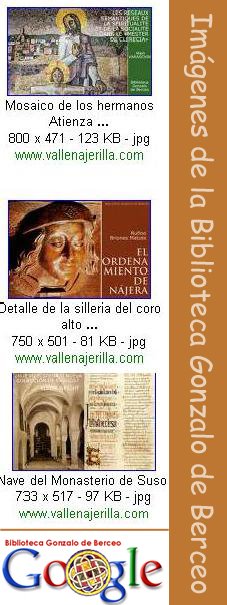Specialists in medieval history and culture celebrate Alfonso VIII de Castilla (1155-1214)3 for his many achievements and enterprises, both political and cultural. Alfonso's armies seized the provinces of Alava and Guipúzcoa from the kingdom of Navarra between 1198 and 1200, and revitalized the Reconquista by defeating the Almohad Empire in the decisive battle of Las Navas de Tolosa in 1212. Alfonso also accomplished some impressive diplomatic triumphs: he engineered the definitive union of the kingdoms of Castilla and León, and played a decisive role in the peace and prosperity of the Christian regions of Western and Central Iberia. In addition to these political achievements, Alfonso's reign saw many cultural advancements as well. The twelfth-century Renaissance reached Castilla during Alfonso's rule (José Angel García de Cortázar 167): circa 1212, Alfonso founded the Peninsula's first university in Palencia (Amaia Arizaleta 214; Adeline Rucquoi). He also encouraged his subjects to adopt the new Gothic style in architecture (Clementina Julia Aras Gil 21) by building the royal pantheon at Las Huelgas in Burgos, and the palace of Galiana in Toledo. In addition, Alfonso promoted Roman law (García de Cortázar 169), and minted the first Christian golden currency —the gold maravedí— on the peninsula (171), imitating the famous and prestigious Almoravid dinar to prove his own political and economical status. Alfonso also pursued an international policy that made his name famous from Portugal and Aragón to the lands of the Holy Roman Empire building family alliances with the most powerful dynasties of his time, the Plantagenets of England and the Hohenstaufen of the Holy Roman Empire (Martínez Diez, Alfonso VIII 43-47).
[...]




No hay comentarios:
Publicar un comentario